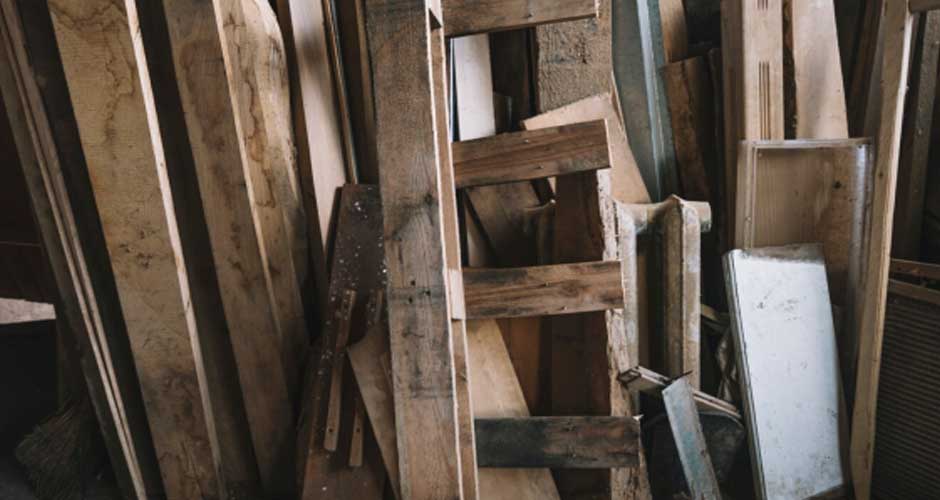Furniture disposal might seem like a straightforward task, but it involves several critical steps to ensure that the process is handled efficiently and responsibly. Whether you’re decluttering, moving, or simply replacing old furniture, understanding the disposal process can help you manage it smoothly and with minimal hassle. This blog provides an in-depth look at the furniture disposal process and when you need a furniture disposal service, from initial planning to final disposal.
Assess Your Furniture
Before you start the disposal process, it’s essential to assess the furniture you need to get rid of, notes www.stripemgmt.com, a leading property management company. This step helps you determine the best approach for disposal and whether any items can be repurposed or donated.
How to Assess Your Furniture:
- Condition Check:Evaluate the condition of your furniture. Is it in good shape, or does it show signs of wear and tear?
- Size and Type:Note the size and type of furniture. Large items, like sofas and beds, may require special handling.
- Materials:Identify the materials used in the furniture, as some materials are easier to recycle or dispose of than others.
Decide on Disposal Options
Once you have assessed your furniture, you need to decide how you want to dispose of it. Here are several options:
- Donation:If your furniture is still in good condition, consider donating it to charities, shelters, or thrift stores. Many organizations offer pickup services for large items.
- Recycling:Some furniture components, like metal or wood, can be recycled. Check with local recycling centers for their policies.
- Sell:You might be able to sell your furniture through online marketplaces, garage sales, or consignment shops.
- Professional Disposal Services:Hiring a professional disposal service is often the easiest way to handle furniture removal. These services typically include pickup, transport, and disposal.
Choosing the Right Option:
- Condition and Usability:Good condition furniture is more suitable for donation or resale.
- Environmental Impact:Recycling is the best option for reducing environmental impact.
- Convenience:Professional disposal services can save time and effort.
Preparing Your Furniture for Disposal
Preparation is key to a smooth disposal process. Proper preparation ensures that the furniture is ready for transport and minimizes potential issues.
Steps for Preparing Furniture:
- Clean and Disassemble:Clean your furniture to remove any personal items or debris. Disassemble large items, if possible, to make them easier to move and dispose of.
- Remove Accessories:Take off any removable parts, such as cushions or legs, and separate them if required by your disposal method.
- Label Hazardous Materials:If your furniture contains hazardous materials (e.g., certain types of foam or chemicals), label these parts clearly for safe handling.
Scheduling and Coordinating the Disposal
Depending on the disposal option you choose, you’ll need to coordinate the logistics of removing your furniture.
For Professional Disposal Services:
- Book a Service:Contact a professional disposal company to schedule a pickup. Ensure they are licensed and insured.
- Provide Details:Inform them about the type, size, and number of items to be disposed of. This information helps them prepare adequately.
- Confirm Costs:Verify the cost of the service and any additional fees. Get a written estimate if possible.
For Donations or Selling:
- Arrange Pickup or Delivery:Schedule a time for the donation organization or buyer to pick up the furniture, or arrange for transportation to drop it off.
- Prepare Documentation:Some charities may require documentation of the donation for tax purposes.
Disposal and Recycling
The final step involves the actual disposal of your furniture. Ensuring that this step is handled properly is crucial for both convenience and environmental responsibility.
For Professional Services:
- Pickup and Transport:The disposal service will handle the pickup and transport of your furniture. Ensure they follow proper procedures for handling and transportation.
- Final Disposal:The company will sort and dispose of the furniture according to local regulations. Many services also handle recycling and donation on your behalf.
For DIY Disposal:
- Drop-Off Locations:If you’re taking the furniture to a recycling center or landfill, follow their guidelines for drop-off.
- Environmental Considerations:Ensure that you sort recyclable materials from non-recyclable ones and dispose of them appropriately.
Post-Disposal Considerations
After your furniture has been disposed of, there are a few additional tasks to complete:
- Clean the Area:Once the furniture is removed, clean the area where it was located. This helps prepare the space for new furniture or other uses.
- Update Inventory:If you were keeping track of furniture for insurance or inventory purposes, update your records to reflect the disposal.
- Feedback and Reviews:If you used a professional service, consider providing feedback or leaving a review. This can help others make informed decisions and ensures that the company maintains high standards.
Final Thoughts
Proper furniture disposal involves several key steps, from assessing your furniture to coordinating the removal and final disposal. By understanding and following these steps, you can ensure that your furniture is disposed of efficiently, responsibly, and with minimal hassle. Whether you choose to donate, recycle, sell, or use a professional disposal service, each option has its benefits and considerations. With careful planning and preparation, you can manage your furniture disposal smoothly and contribute to a more sustainable and organized environment.
